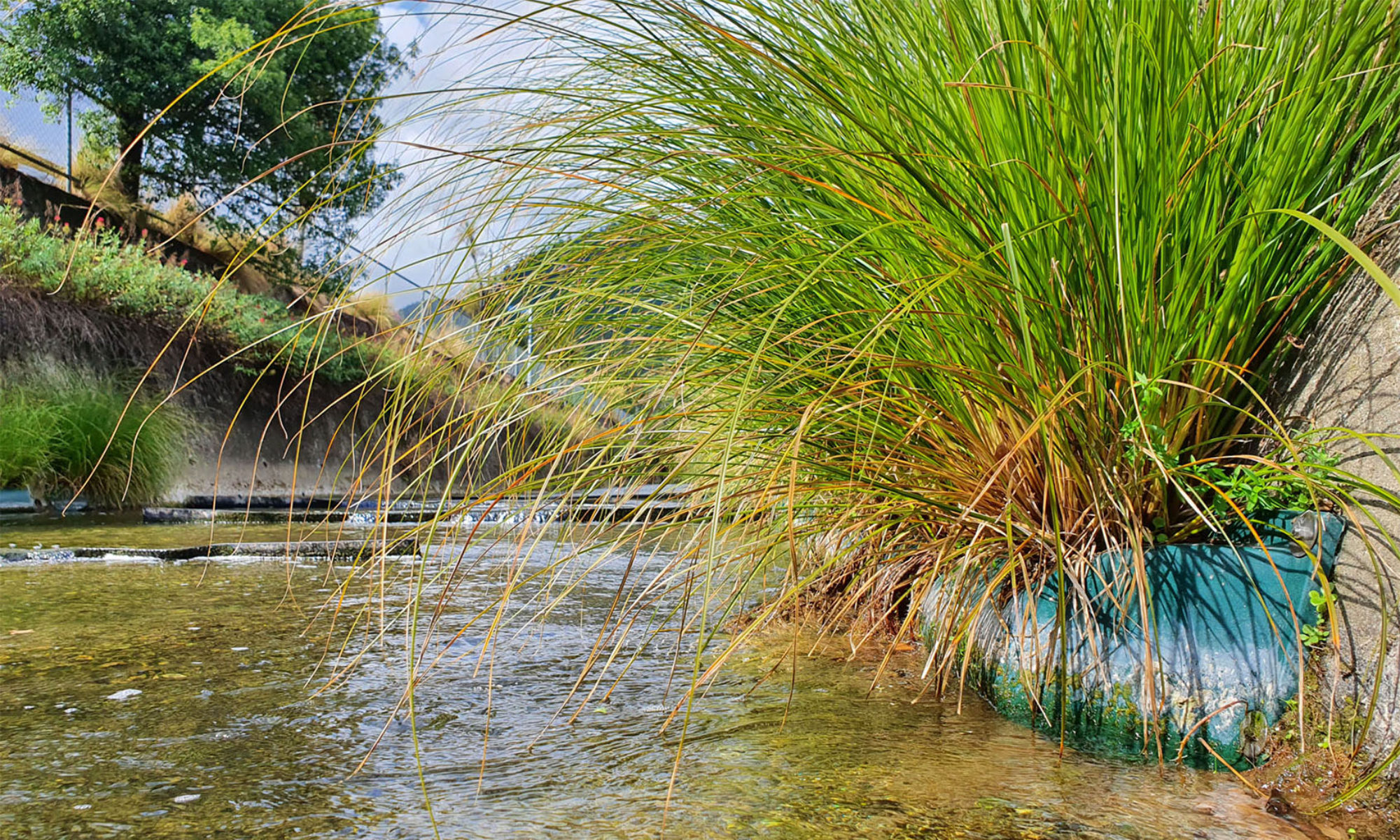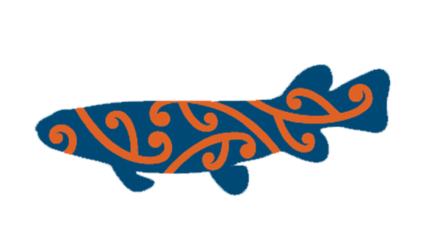Hi everyone
Below is a brief report following remediation of two culverts at Raumanga, Northland, NZ.
An ‘after remediation’ fish survey was undertaken on the Raumanga fish passage remediation project in mid-December 2020, and to keep in line with the 2019 survey, we undertook both electric fishing and gee minnow trapping. Similar biodiversity and abundance were found in the electric fishing reaches (long fin eels, short fin eels, juvenile eels, red fin bullies, torrent fish, smelt) with many schools of smelt observed both above and below barrier number 1 (Bernard St). We also caught 1 īnanga (galaxiid maculatus) in a gee minnow immediately upstream of the remediated barrier – success! As I am sure you are all aware, īnanga are thought to have the weakest ‘climbing’ abilities when navigating structures, so to find a young īnanga on the upstream site of the first barrier was a wonderful result.
Remediation consisted of installing flexi-baffles in the barrels of all culverts, rubber ramps and ropes on the outlets and cascading outlet areas.
We also visited the next barrier upstream (Tarewa I-site) and were thrilled to see natural bed material retained in the base of the true right culvert ( see picture below). This is the perfect outcome as it means the velocity is slow enough for natural substrate to be retained in the pipe, which is good news for fish movement and of course macroinvertebrate habitat for the fish to snack on, on the way up.
Overall, Riffle Restoration and the Whangārei Harbour Catchment Group are really happy with these results. Long may the native fish migrations continue!
For more info contact
Jordan MacDonald
Riffle Restoration
0273548745
 A nice layer of bed material has built up between the baffles. |

